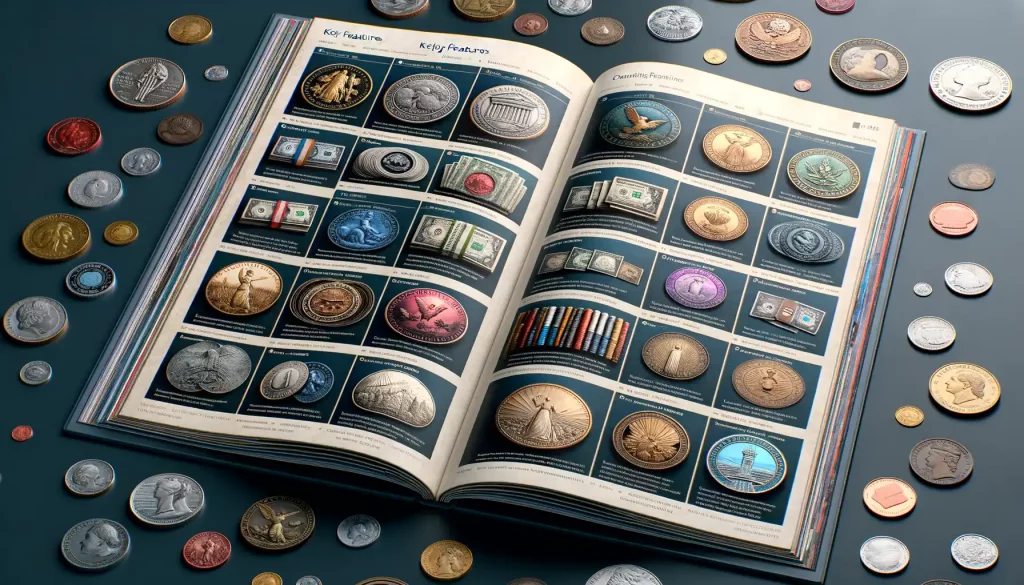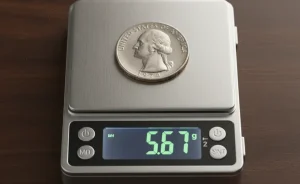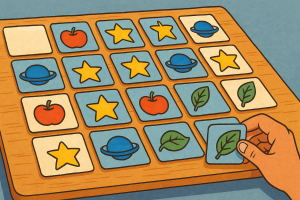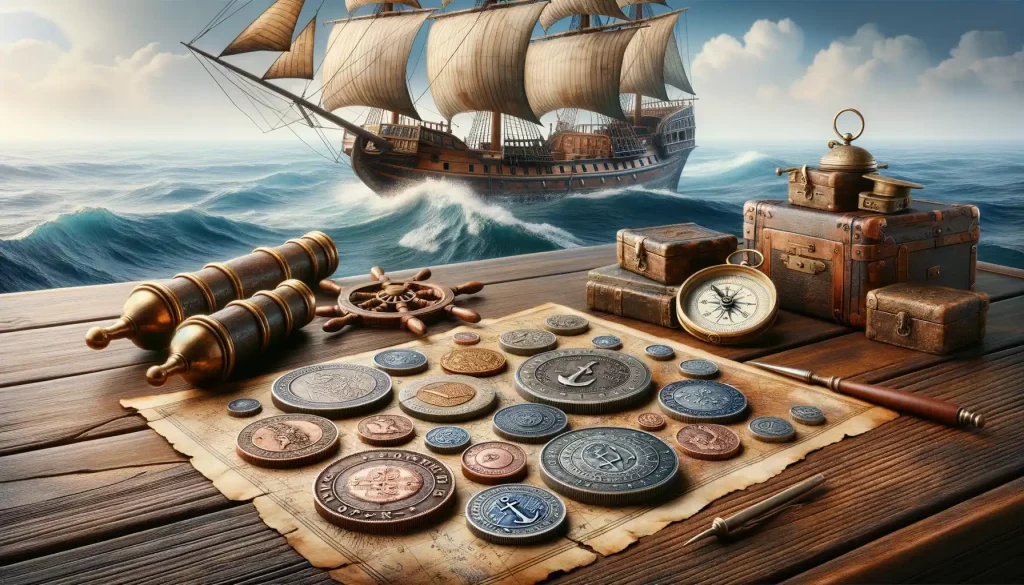Understanding Numismatic References and Their Importance
Why Numismatic References Are Your Treasure Map
Imagine standing at the edge of a vast, glittering ocean of coins, each one whispering stories of emperors, revolutions, and forgotten currencies. How do you navigate this mesmerizing yet overwhelming expanse? That’s where numismatic references step in—they’re the treasure maps to this fascinating world. Without them, searching for details about a rare coin can feel like hunting for gold blindfolded.
These resources don’t just list coins; they connect you with history and hidden worth. For example, did you know that a slight variation in a coin’s mintmark could mean a difference of thousands of dollars in its value? References provide these critical insights, saving you from costly mistakes while helping you spot gems hidden in plain sight.
- Historical Context: Learn who, why, and when a coin was minted—essential for uncovering its story.
- Pricing Guides: Understand market trends and avoid under- or overpaying for your collection pieces.
Each page in a numismatic catalog becomes a window into the past. When used wisely, these tools transform collecting into something more magical—a journey through time, guided by knowledge.
Key Features to Look for in Numismatic Catalogs
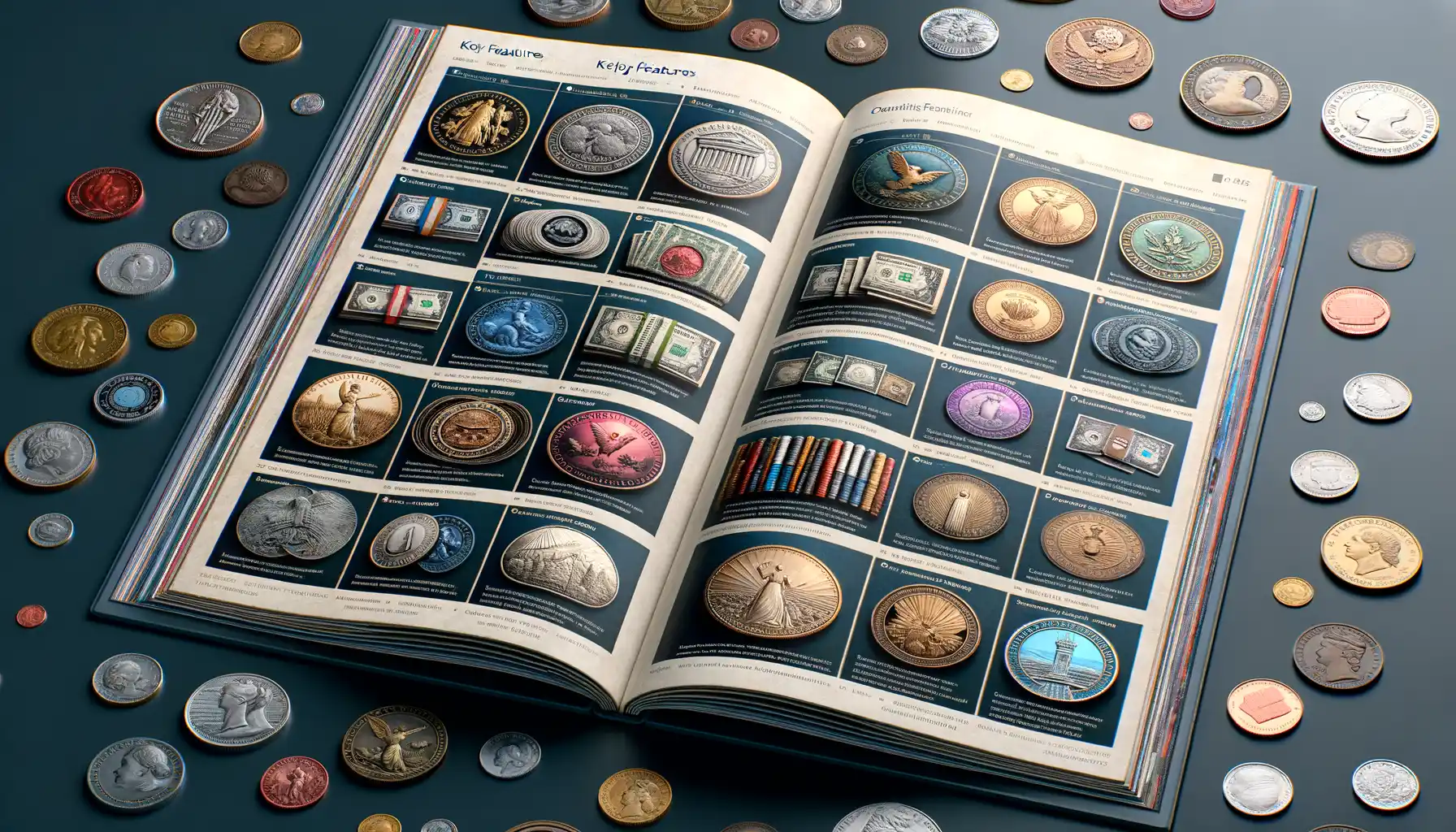
Essential Traits of a Stellar Coin Catalog
Imagine you’re holding a treasure map, but instead of Xs marking the spot, it’s rich with fascinating details about coins you adore. That’s exactly what a great numismatic catalog feels like—a gateway to discovery. But not all catalogs shine equally. Here’s what sets the exceptional ones apart.
Helpful Extras You’ll Wish You Had Sooner
Numbers are important, but so is the bigger picture. Does the catalog offer pricing trends over time? How about cross-references to international coins? Some even include minting details, like where and when specific batches were struck. Absolute gold! Bonus points for those that sneak in oddities or rare variations you’d otherwise overlook.
Tips for Using Numismatic References Efficiently
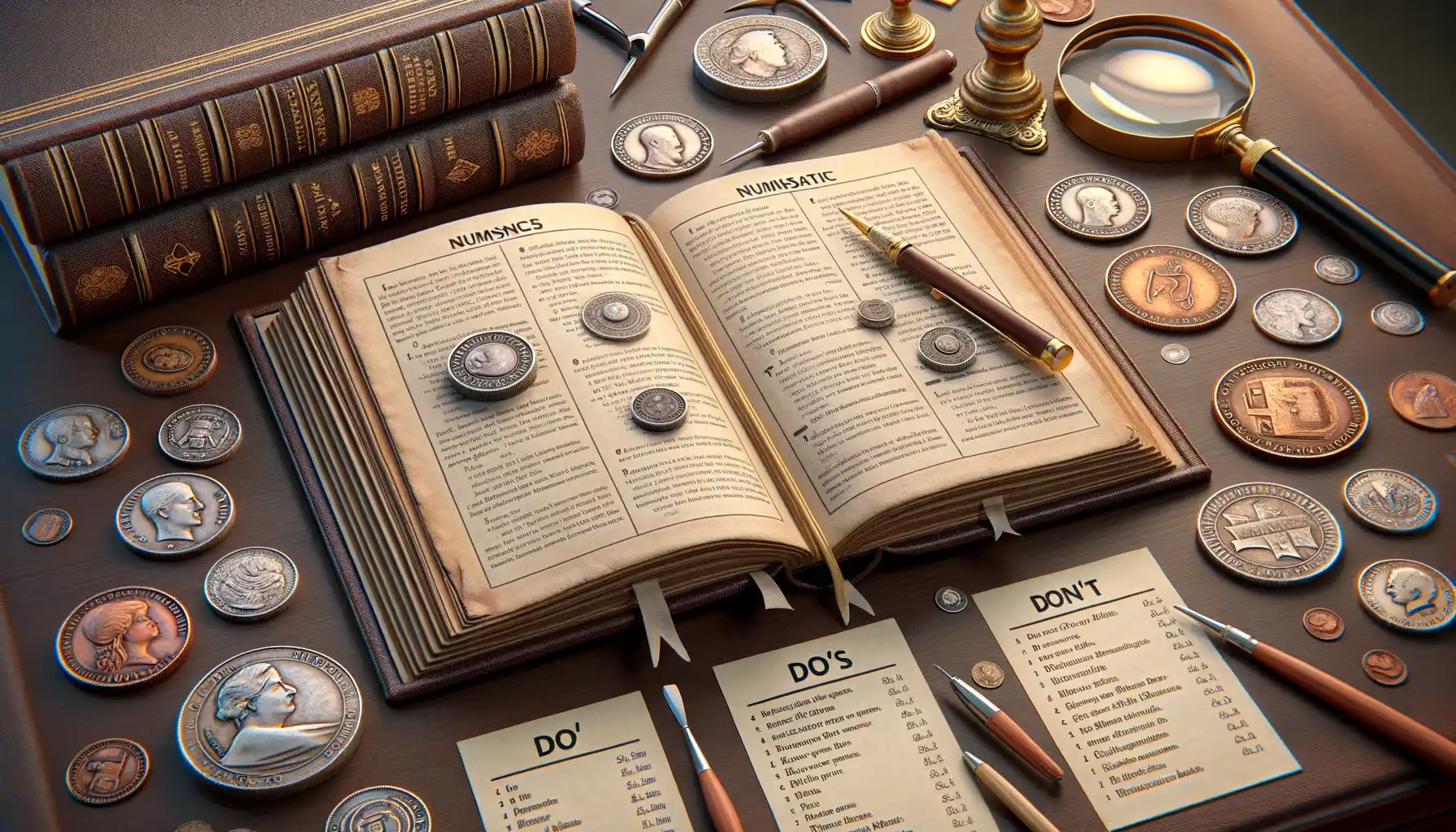
Master the Art of Quick Cross-Referencing
Imagine yourself diving into a treasure trove, uncovering secrets, and letting your curiosity guide the way. That’s exactly how working with *numismatic references* should feel! To truly navigate these catalogs like a pro, mastering cross-referencing is key. Let me give you an example: suppose you’re researching a rare 1856 Flying Eagle Cent. One catalog might list its grade-based value, while another might provide juicy historical tidbits. By flipping between them, you piece together a full story—like a detective unraveling the truth behind a coin.
Here’s a tip: keep sticky notes or bookmarks handy. Trust me, when you’re juggling multiple volumes, retracing your steps can feel like finding a needle in a haystack. Cheat the chaos by marking key pages ahead of time.
- Highlight conflicting data (values often differ!) and dig deeper.
- Write quick annotations to jog your memory later on.
- Spot patterns across multiple sources—it’s where the real gems lie.
Now you’re not just referencing; you’re building a narrative. Efficient? Yes. Powerful? Absolutely.
Tame the Terminology
Numismatics has its own secret code, doesn’t it? Terms like “obverse,” “cherrypicking,” or “planchet flaws” can sound intimidating at first blush. But here’s the thing—every collector had their “What does THAT mean?” moment. The trick? Have a glossary nearby, or better yet, start creating your own.
Need a personal ritual? As you flip through Whitman’s Red Book or the Krause Standard Catalog of World Coins, jot down terms that stump you. By writing them in your own words, you’ll connect with them faster than you’d expect. Before you know it, phrases like “proof strike” or “die crack” will roll off your tongue like second nature.
Use these strategies, and suddenly numismatic references won’t intimidate—they’ll inspire.
Avoiding Common Mistakes When Using Coin Catalogs

Steering Clear of Beginner Pitfalls
Making the most of a coin catalog isn’t just about flipping pages—it’s like navigating a treasure map. And let’s face it, even seasoned collectors stumble occasionally. Here are common mistakes to dodge so you don’t miss out on the gold hidden in plain sight.
- Relying on one catalog for everything. Every catalog has its strengths, but no single one will offer a complete picture. For instance, a U.S.-focused catalog might completely gloss over rare coins from ancient Rome.
- Ignoring condition grading nuances. A coin listed at $500 in “XF” is not the same as your piece with an extra scratch or two. Study those grading definitions like they’re the fine print of a contract.
- Overlooking the publication date. Trends in value shift faster than you think. A catalog published in 2015 might leave you seriously underpricing (or overpaying for) a coin in today’s market.
Details Matter More Than You Think
One of the sneakiest traps? Misreading coin descriptions. Consider this: Two coins, same year, same design—but a tiny mint mark difference could mean one is worth pennies while the other is a jackpot. Always double-check! And don’t skim the intro sections of your catalog; they often hide decoding tips and key context that save you hours of head-scratching.
Integrating Digital and Physical Resources for Better Results

Bridging the Gap Between Your Coins and Knowledge
Have you ever felt like you’re trying to solve a puzzle with pieces scattered across the digital and physical worlds? That’s exactly what using both online and printed numismatic resources can feel like. But when you master the art of merging these tools, magic happens!
Printed catalogs offer something irreplaceable: the tactile joy of turning pages and discovering detailed illustrations, historical context, and expert commentary. Pair that with the lightning speed and ever-updating nature of digital databases, and you’ve got a dynamic duo working in your favor. Imagine holding a beloved edition of the Krause Standard Catalog of World Coins while cross-referencing its contents with up-to-the-minute auction prices online.
- Use printed catalogs for deep dives into consistent data, like mintage numbers or engraver details.
- Turn to reputable online resources to verify current trends and uncover rare updates not yet in print.
Why You Should Alternate Between Both Worlds
Think of it as having two lenses to view your collection—a magnifying glass for intricate details and a telescope for spotting trends. Physical copies anchor your research, while digital platforms let you explore new dimensions. Don’t limit yourself to one when you can have the best of both worlds.

